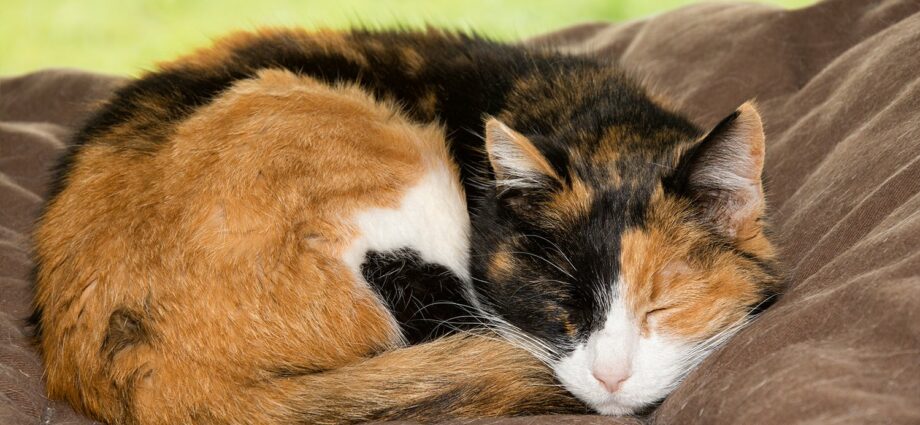Contents
Adult cat: how does cat behavior change with age?
Cat behavior is a subject that fascinates many feline owners. From an early age to an advanced age, the behavior of the cat can be brought to evolve. Various factors must be taken into account in the behavioral evolution of the cat. If you have any questions, do not hesitate to contact a professional.
Kitten behavioral development
The behavioral development of the kitten allows it to acquire all the keys for a serene social life. Thus, in the kitten, behavioral development is divided into 4 periods:
- Prenatal period: this is the gestation period of the mother, during which the fetuses can react to different stimuli. In addition, the stress of the mother can also have an influence on the behavior of future kittens;
- Neonatal period: this is the period between birth and the 10th day of the kitten’s life. During this period, the eyes and ears of the kittens are not functional. Indeed, they are born deaf and blind. Thus, it is especially the senses of touch, smell and taste that are called upon during this period;
- Transition period: this is the period between the 10th and 15th day of the kitten’s life. During this period, sight and hearing develop. In the end, all of the kitten’s senses are functional. He begins to explore his environment little by little;
- Socialization period: this is the period between the 2nd and 8th week of the kitten’s life. This period is very important since it is during this period that the kitten will acquire the basics of behavior and socialization. Knowing that it takes place at the breeder, the breeding conditions are therefore very important. Indeed, behavioral development that is not properly carried out can lead to behavioral problems later.
Changes in adulthood
The behavior of the cat can be brought to evolve during its life. As a feline owner, it is nevertheless necessary to know the normal behavior of the adult cat, in particular the organization of its territory. For example, many owners are surprised to see their cat scratching when this is normal cat behavior, necessary for its well-being. This is why a cat needs a place to scratch.
It is therefore important to keep in mind that the cat’s environment is essential. Cats are very sensitive to stress. Any stressful element can have repercussions on his health. A secure environment divided into different areas (rest, food, eliminations, games / predation, claws, etc.) is therefore necessary for the well-being of the cat. An enrichment of its environment as well as mental stimulation are important to prevent possible behavioral problems.
The personality and behavior of the adult cat depends on several factors.
Cat breeds
Adult cats have very different behaviors depending on their breed. While the dogs were gradually selected according to their aptitudes (hunting, swimming, help with work, guarding, companion dog, etc.), cats were mostly selected according to their physical characteristics (nuances). coat, hair type, etc.). Thus, we observe a wide variety of behaviors according to the breeds ranging from the solitary cat to the very social cat. The genetic factor is therefore involved in the behavior of the cat according to the breed. However, each cat is unique and it is possible that even if a majority of cats of the same breed behave typical of this breed, some may be different.
Place of life
Behavior in adulthood also varies depending on the place of life and its environment. Thus, cats living indoors can behave differently from those living outdoors.
Kitten awakening
As we have seen previously, good behavioral development with a favorable environment for discovery and socialization are important for the future behavior of the kitten. However, we must not forget that each cat has its own personality, just like with us. So do not worry if a cat is not very receptive to hugs and hugs, it may just be his personality.
Behavior of the elderly cat
Senior cats can also change their behavior as they age. Thus, it is possible that he is more talkative. Indeed, the meow being intended to communicate with its master, the elderly cat tries to convey a message. Some cats may also become either clingier or more aloof. We must be attentive to any change in the behavior of the elderly cat because it is often the consequence of an illness or a health problem.
It is therefore important to carry out a veterinary consultation for senior cats from the age of 7/8 years and this every year, or even every 6 months depending on the cat, so that your veterinarian does a complete examination of your cat. Also notify him of any changes in both behavior and physical (loss of appetite, loss of fitness, frequency of urination, etc.).
Finally, for any question relating to the cat’s behavior, do not hesitate to call your veterinarian or even contact a behaviorist veterinarian.










